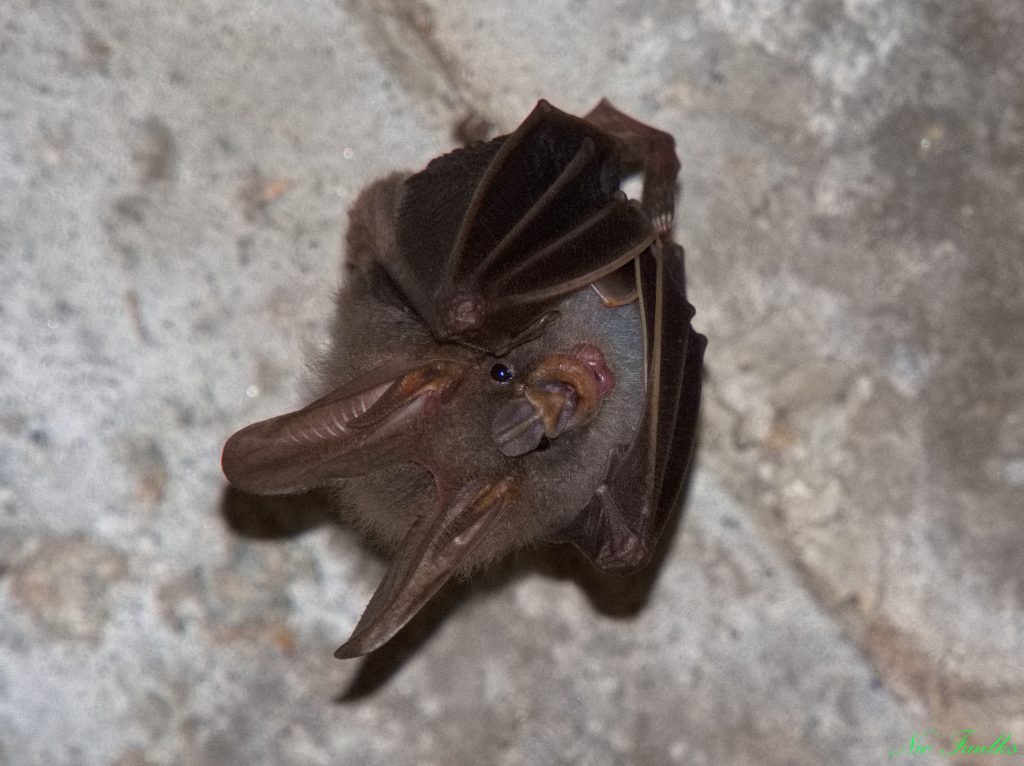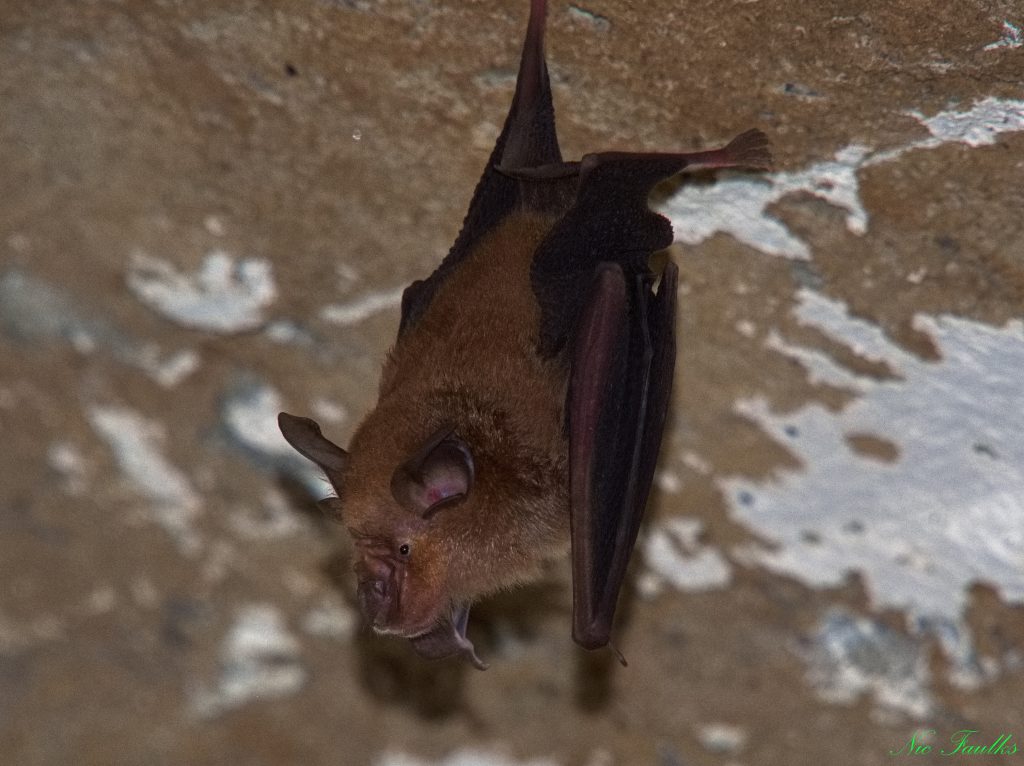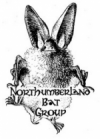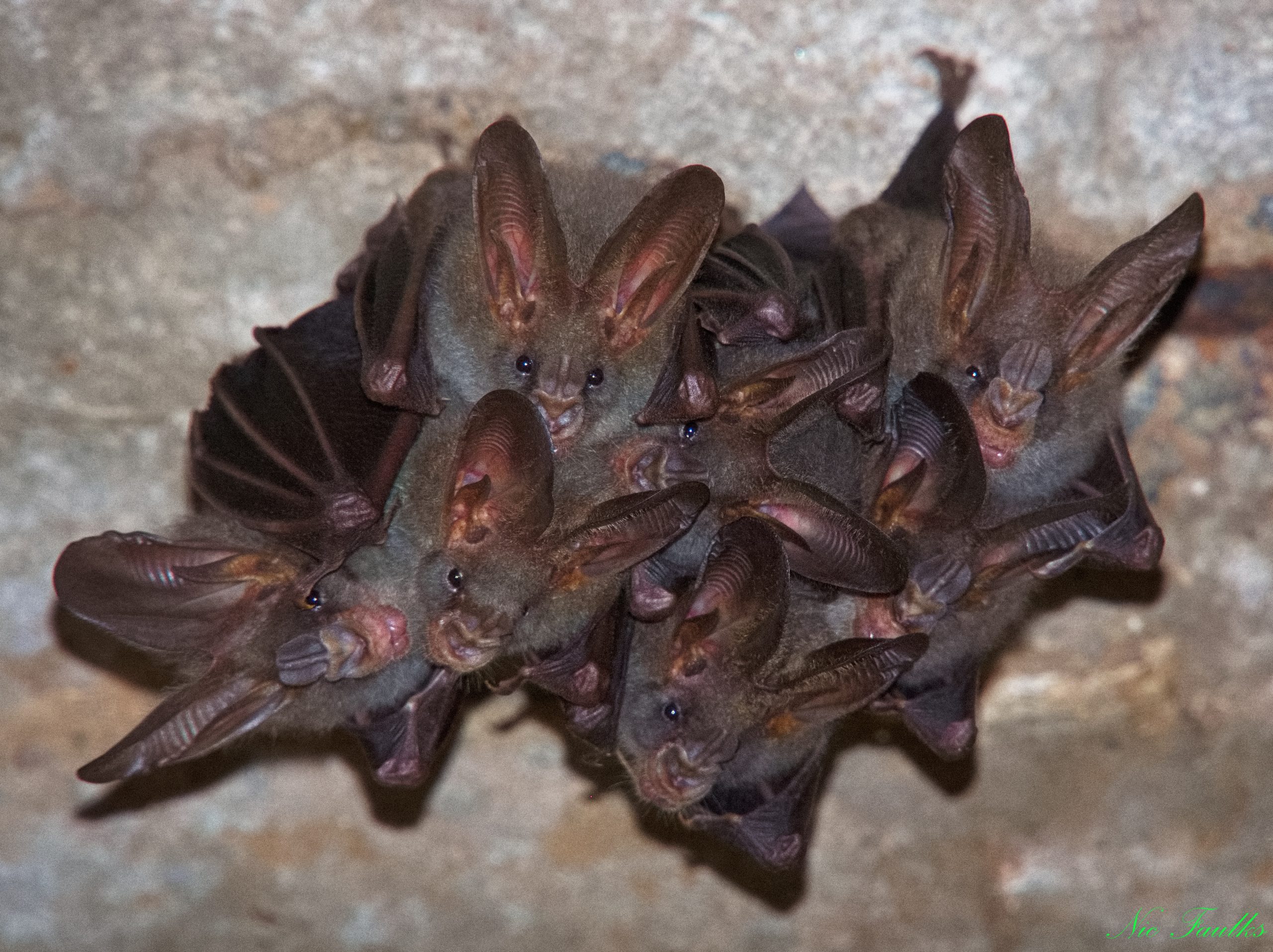The Indian flying fox (Pteropus medius, formerly Pteropus giganteus), also known as the greater Indian fruit bat, is a species of flying fox found in South Asia. It is one of the largest bats in the world. It is nocturnal and feeds mainly on ripe fruits, such as mangoes and bananas, and nectar. It does eat a lot of fruit, but is tolerated as it is useful for pollination.
It roosts in trees, often close to water. The roosts can be huge, The roost I filmed in Maha Oya area I reckon is at least 20,000 bats or more. The departure of bats in the evening felt endless! It was an incredibly noisy event too; click on the video and have the volume up!

During my stay in Sri Lanka I also visited Sam Popham’s Arboretum. Here we found two species of bat roosting.
The false vampire bats were in a small tower, and looked a lot more cute than their name would suggest. They have long slightly rounded ears and a bifurcate tragus.
The species feeds mainly on large insects (moths, grasshoppers etc.) and sometimes small vertebrates (such as lizards). False vampires do not drink blood, as their name implies.
The species ranges throughout Southeast Asia from Sri Lanka and India in the west to the Philippines and eastern Indonesia.
Inside an old ice house type structure, we also found some horseshoe bats. On looking at the colour of the muzzle, my thought is that they are rufous horseshoe bats, but when I had a look on the internet, the fur colour is too dark for these bats. Hmm, might have to think again!
The arboretum site itself is quite fascinating. It is described as a unique Arboretum in Sri Lanka’s dry zone established 1963 on 7.5 acres of thorny scrub jungle and abandoned ‘Chena’ land in Dambulla which is in the geographical center of our island, where history and culture merge amidst a natural landscape of water and mountains. In 1999 further 27 acres were acquired and added to the arboretum.
It is well managed, but is suffering from encroaching habitations on all sides. Hopefully I can return next year and see the slow-loris too!

Share this post!


Nicfaulks hi from sri lanka 🇱🇰
I’m originally from Gloucestershire and had small involvement in protecting bats as Clerk to Town Council.
Now living in SL. I have small black bats coming into first floor bedrooms daily.
I found scat under beds and chairs which I couldn’t identify, looked like mouse droppings.
Would these little chaps choose to roost in such a spot?
WhatsApp 0044 7754883785 if you time to educate me please.
Hello Nic,
Our family has been staying in a villa near Galle and every evening at nightfall hundreds if not thousands of fruit bats flew over our house. Coming from central Europe this was something we have not experienced before.
While googling the phenomenon your blog came up and it has been quite enlightening.
Thanks for the effort!